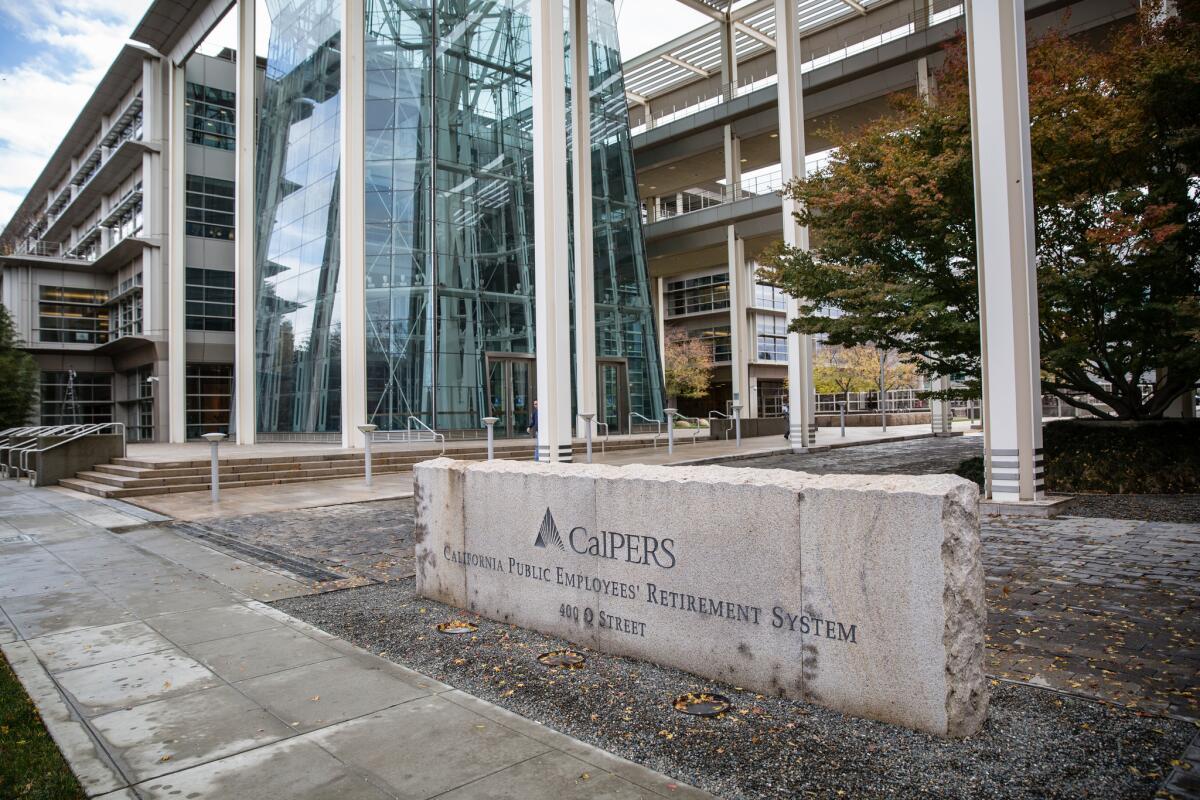What’s in Brown’s new budget? A $65 vehicle fee, more Medi-Cal spending, a bigger rainy-day fund and more

Less than four years after declaring California’s budget was balanced for the foreseeable future, Gov. Jerry Brown on Jan. 10 said the state is now projected to run a $1.6-billion deficit by next summer. (Jan. 10, 2017)
Reporting from Sacramento — Gov. Jerry Brown’s newly unveiled state budget calls for spending $179.5 billion in the coming fiscal year, while offering ways to avoid what he believes would otherwise be California’s first deficit in more than three years.
Here’s an overview of some of the most important proposals outlined by Brown in the budget he presented to the Legislature on Tuesday.
School spending goes up, but not as much as expected
Brown’s budget pegs general fund spending on K-12 schools and community colleges at $73.5 billion for the coming school year, about $2 billion more than this year. Per-pupil spending in elementary, middle and high schools would rise to $15,216. That’s $394 more per student than this year.
Even so, the governor is seeking to slow the growth in spending — and help erase the state budget’s projected deficit — by cutting $1.7 billion out of what otherwise would have been earmarked for schools.
UC seeks to boost Californians’ enrollment by 10,000 by 2018 »
The end of college scholarships for middle-class families?
Legislative Democrats are balking at the governor’s budget plan to cancel the 2013 law that earmarked money for UC and CSU students from families with incomes of up to $156,000 a year. Brown’s budget would only keep giving money to the 37,000 students who received awards for the current academic year. The savings, which won’t be realized until those students graduate, is pegged at $115 million a year.
California’s budget deficit is back, warns Gov. Jerry Brown »
Another attempt at a new vehicle fee and gas taxes for road repairs and transit
Negotiations at the state Capitol over the past two years have failed to produce a plan to produce needed new dollars for transportation. The governor’s budget offers a new plan to lawmakers, estimated to add $4.3 billion a year for the next decade to cover roadway repairs, and new efforts at expanding public transit.
How does he propose to pay for it? The largest source of money would be a new $65 annual fee on all vehicles. The rest would come from a steadily growing excise tax on gas and diesel, money from the state’s auction of greenhouse gas pollution credits, and new efficiencies at Caltrans.
Funding for more than 1 in 3 Californians to receive taxpayer-funded healthcare
Brown’s plan continues to assume more people enroll in Medi-Cal, the healthcare program that provides coverage for those with low incomes. Medi-Cal has been expanded in recent years with money provided by the federal Affordable Care Act, though the program’s fate is uncertain with new Republican leadership in Washington.
Medi-Cal spending would total $102.6 billion in the coming year, most of that coming from the federal government. That’s $1.8 billion more in state general fund dollars than this year.
California’s rainy-day fund would grow to $7.9 billion
The governor proposes stashing away just about the exact amount of cash required by a 2014 voter-approved mandate, adding $1.15 billion in the fiscal year that begins this summer. While that would be enough to cushion the blow to state services in a mild recession, it’s only about one-fifth of the money that went missing during the depth of the 2008-09 recession.
No major new help for the state’s aged, blind and disabled
Advocates for the poor were disappointed that Brown’s budget didn’t do more to boost the $2.9 billion in monthly cash grants for some of California’s most needy, though that’s a slight increase from the current year and includes a modest cost-of-living increase. The budget estimates 1.3 million people receive supplemental security payments.

Public employee pension costs are going up
The proposed spending plan assumes more taxpayer money to help pay the retirement promises made to state government workers. That includes $5.3 billion in payments to the California Public Employees’ Retirement System — mandated after the agency lowered its investment profit assumptions — and $2.8 billion in payments to the California State Teachers’ Retirement Fund.
Minimum-wage hike costs money in the state budget
California’s new $10.50-per-hour minimum wage means higher costs for state government, from low-level employees to child-care providers and beyond. The governor’s budget pegs the cost of the wage hike to the state’s general fund at $217 million. That includes money needed when the wage rises to $11 per hour in 2018.
Follow @johnmyers on Twitter, sign up for our daily Essential Politics newsletter and listen to the weekly California Politics Podcast
ALSO
California’s budget deficit pegged at $1.6 billion as governor urges caution
Counties will get stuck with a $622 million bill as Brown cancels healthcare program
More to Read
Get the L.A. Times Politics newsletter
Deeply reported insights into legislation, politics and policy from Sacramento, Washington and beyond. In your inbox three times per week.
You may occasionally receive promotional content from the Los Angeles Times.











